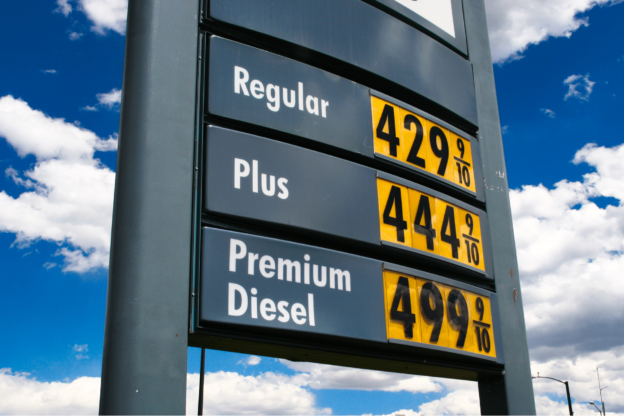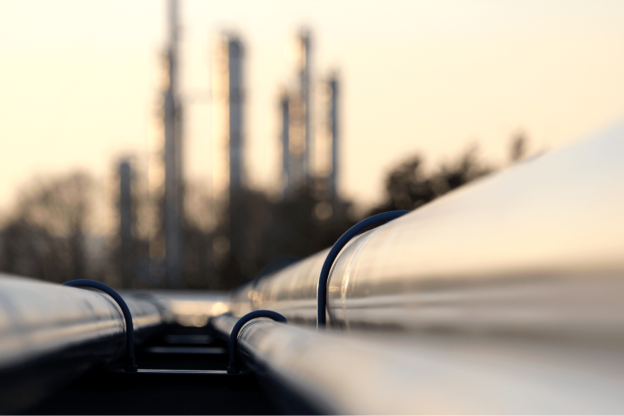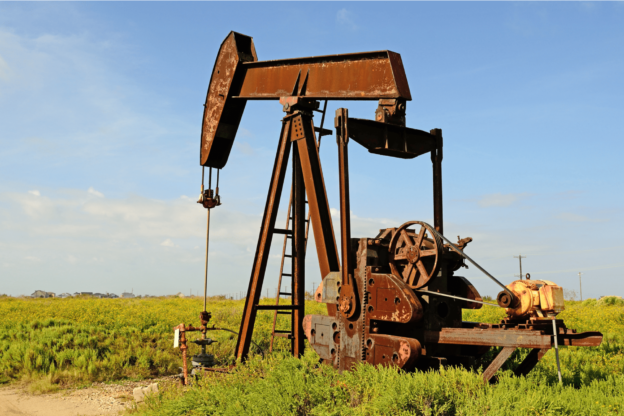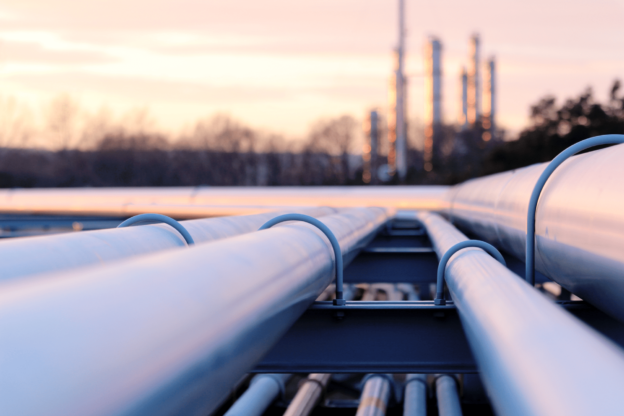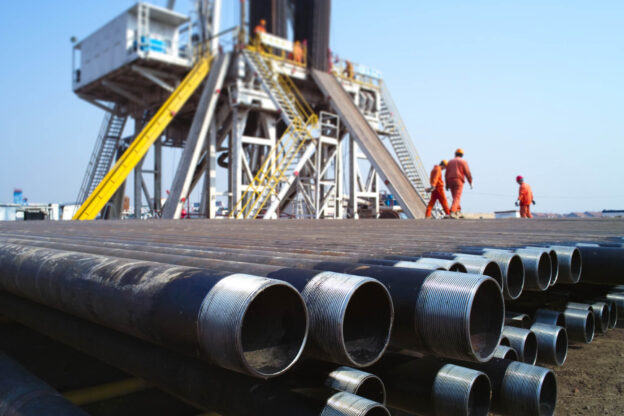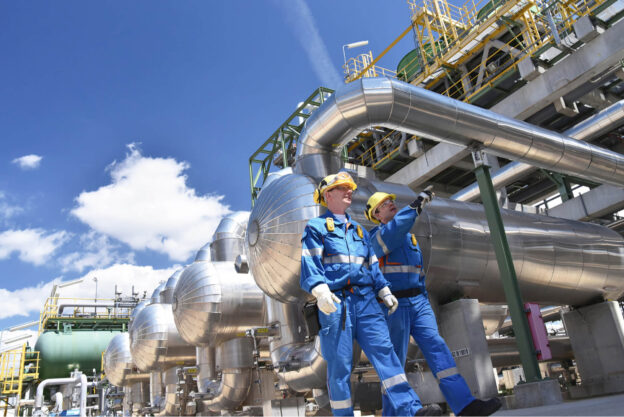Unless you’re a mogul or haven’t grabbed gas at the pumps over the last month, then you’ve quickly realized that gas prices have vastly increased from the lower prices we’ve seen since the beginning of 2020.
Regardless of where you stand on geopolitical issues, no one likes to overpay at the pump. Fueling up vehicles is a necessity, and too high prices for too long could lead to larger economic troubles.
Let’s examine why we’re experiencing nationally high gas prices, the likes of which many members of our society have never seen, and more importantly when prices will reduce.
Why Did Gas Prices Recently Skyrocket?
It seems like gas prices shot to astronomical prices overnight. With the national average above 4 dollars a gallon, it’s obvious that consumers are eager to understand why they’re suddenly paying substantially more at the pump.
Reduced Oil Production
During the height of the pandemic, the demand for gasoline plummeted, as did national gas prices. When this happened, OPEC and other nations that provided oil to the United States cut production to avoid an expensive surplus at that time.
As people began to travel again, oil providers were slow to ramp up enough production to properly fulfill global demand. Combined with the reason below for increased gas prices, even with local production increasing, it could be quite some time before enough gasoline spreads out through the market and levels out prices.
Until then, limited supply and geopolitical tensions will keep gas prices at high levels with the risk of further increases.
U.S. Sanctions on Russian Oil
After Russia’s invasion of Ukraine, the United States took measures to damage Russia’s economic output through sanctions against the country; which included a national ban against Russian oil imports.
Although the United States only collects 10 percent of its total oil products from Russia, the sanctions we’ve imposed have impacted the global market to an extent that gas prices seem to have spiked overnight. When even the smallest sanctions are made, they create a ripple effect that influences total prices across the global market.
Also, as demand for local fuel rises due to sanctions, production costs increase and facilities go into overdrive to meet consumer demand, further increasing prices at the pump.
How High Can Gas Prices Go?
Unfortunately, we feel like consumers haven’t reached the total height of the gas price hike. In California, consumers are already paying over 5 dollars per gallon, and unless major political moves are made either through changes in Russia or with another foreign importer, we could be looking at further gas price increases in the near future.
When Will Gas Prices Go Down in Texas?
Once again, the potential for lower gas prices lies in how quickly the Russia/Ukraine conflict can end, the results of the conflict, and whether or not the United States can strike affordable deals with foreign importers like Venezuela, to help reduce local gas costs.
Even when a resolution occurs, it could take a matter of months for tensions to quell and overall prices to go down.
As much as we’d love to tell you when gas prices will decrease, we can’t. However, we can do our part to help increase local oil & gas production that could eventually start lightening the financial load at local pumps.
Stay Up-to-Date and Continue O&G Production With Pro-Gas, LLC
At Pro-Gas, LLC, we not only provide oil and gas facilities and drilling sites with premier industry equipment, but we also provide our customers with the expertise they need to navigate the constant changes in our industry.
If you’re a site manager that is eager to contribute to the reduction of local gas prices, reach out to us today to learn more about our quality products like our Fuel Genie and portable NGL storage options.


